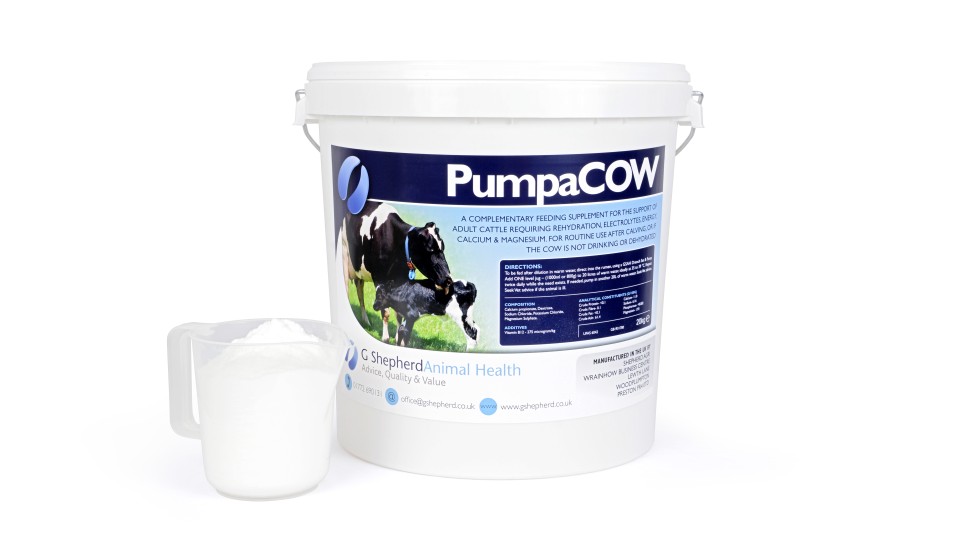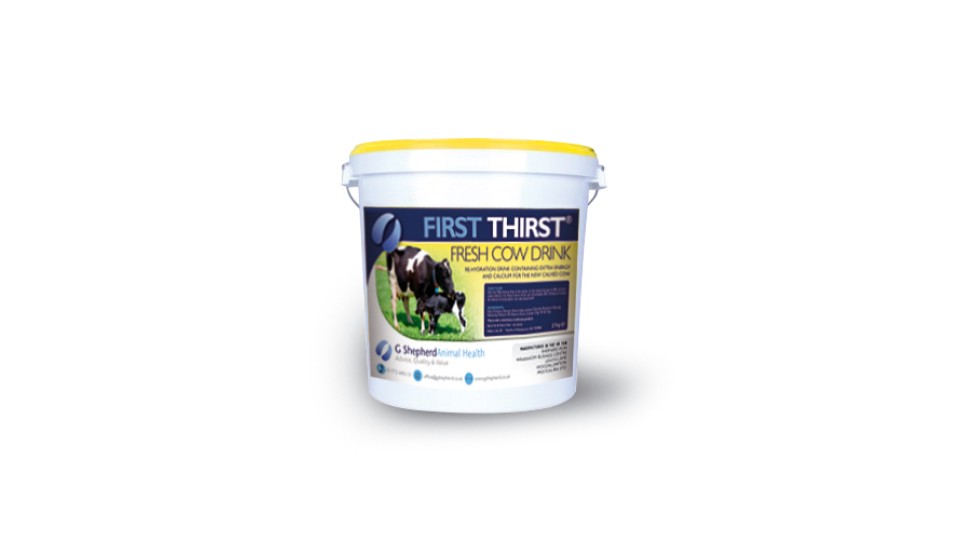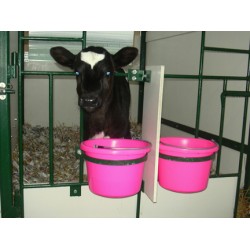What is Milk Fever in cows? The effects of milk fever in cows are wobblyness or collapse and even death around calving due to low calcium in the blood.
Milk fever occurs at or near the time of calving. It is caused by the onset of milk production resulting in the sudden requirement of calcium for colostrum and milk. This causes levels of calcium in the blood to drop rapidly. If blood calcium levels cannot be maintained at a high enough level, either through mobilisation from the bones or supplied through the diet, then milk fever can occur.
What does calcium do in the cow? take a read of our articles on Calcium, Phosphorus & Getting the best start to a great lactation.
It can occur in cows of any age, however it is most common in high producing cows entering their third plus lactation.
There are three stages of milk fever which are progressively more serious.
At stage 1, cows may appear restless and bob their heads, twitch their ears and shuffle their rear feet, they may also have tremors along the flanks.
At stage 2, cows are unable to stand but remain conscious. Muscle paralysis can result in a range of problems which if not given attention quickly, can result in death.
At stage 3 cows lose consciousness and muscle function and they do not respond to stimuli. The output of the heart worsens and if untreated, death can occur very quickly.
How do you treat milk fever? Treatment of clinical milk fever involves restoring blood calcium levels through injection of calcium salts. Your Vet can advise and train you on treatment of milk fever
Once the initial injection has been given, and the cow has a swallowing reflex, additional calcium can be given in the form of a calcium bolus so that absorption from the gut helps to maintain blood levels.
The above is full-blown "clinical hypocalcaemia" i.e. you can see it!
Unseen "subclinical hypocalcaemia" is a moderate dip in calcium levels which reduces appetite and causes other problems that give a poor start to lactation.
How do you prevent milk fever? Prevention is often the most cost effective way to deal with milk fever where possible and this involves -
- the diet in the dry period and also at the time of calving. Nutritionists can advise od DCAB diets / DCAD diets
- even if the diet is correct on paper, varying forage minerals can throw this strategy off target
- As well as nutrition leading up to calving, providing a large amount of extra calcium when the cow calves is another way to ensure that there is a high level of calcium absorbed through the gut to help to maintain blood levels. This can be helped by either with a fresh cow drink containing calcium or with a calcium bolus. Click to see our full range of fresh cow care products.
The demand for calcium at the start of lactation is so great that it cannot be provided solely from the diet meaning that it must also be mobilised from reserves. If the cow is fed excessive levels of calcium in the run up to calving, the mechanism of calcium mobilisation doesn’t work as effectively as if low levels of calcium are fed. Keeping levels of calcium low during the time in the dry period leading up to calving can ensure that calcium mobilisation is as efficient as possible to help prevent milk fever.
Usually a multi pronged approach is needed to prevent or reduce milk fever and the other problems associated with sub-clinical hypocalcaemia- LDA, mastitis, retained cleanings, "whites" / endometritis - DIET + Boost with FRESH COW DRINK or FRESHCALC BOLUS


-960x540.jpg)






